9 unmissable natural wonders of Colorado national parks
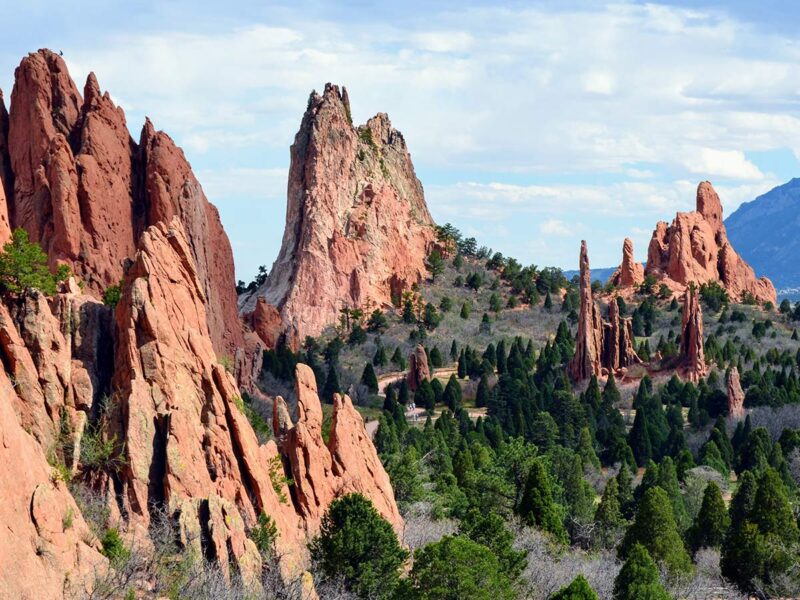
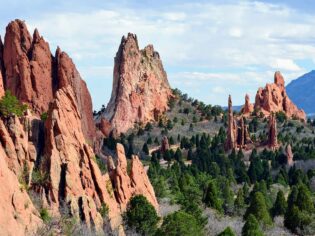
Be sure to put these natural wonders of Colorado national parks on your must-see list. (Image: Melani Magdalena)
Untamed, wild and beautiful, Colorado national parks seem to have a spirit of their own.
While Colorado’s mountains and monoliths have stood sentinel over the landscape for millions of years, the best way for visitors to experience its national parks (and natural wonders) is to get moving: not just road-tripping between attractions, but also utilising the network of trails and diverse ways to experience the parks once they’re there. Here are nine natural wonders in Colorado National Parks that must feature on your next road trip or hike through the state.
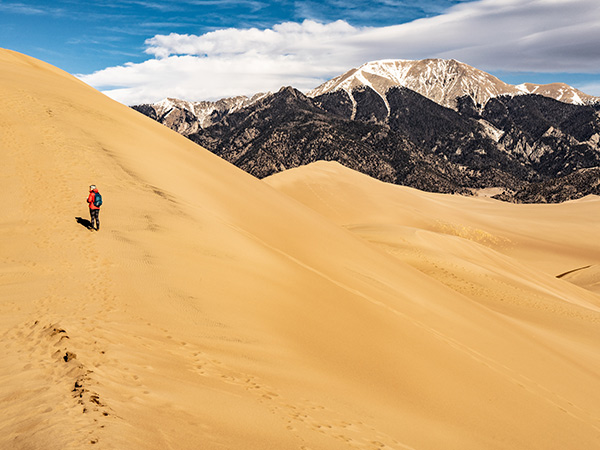
1. Garden of the Gods
Gifted to the public in 1908, the 1.7 square kilometre registered National Natural Landmark known as Garden of the Gods is one of Colorado Springs’s most spectacular geological landmarks. Here, a series of 300 surreal red rock pinnacles with an other-worldly feel dominate the landscape. Along with almost 34 kilometres of hiking trails, there are also trolley tours and segway tours exploring the geology, history and legends of the Old West.
Where is it?
Garden of the Gods is located in Colorado Springs, 1.5 hours drive south of Denver on the I-25 highway.
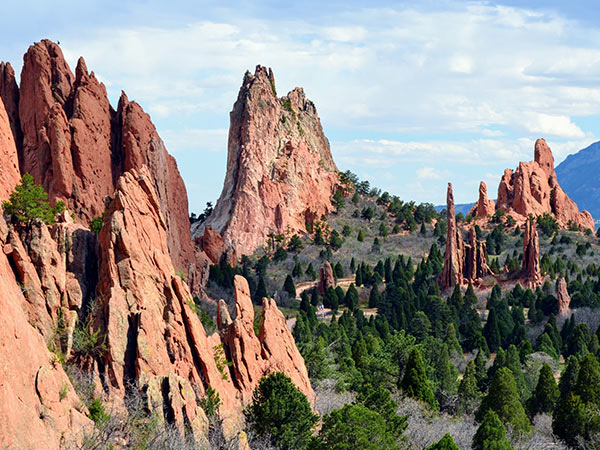
See the red rock pinnacles in the Garden of the Gods. (Image: Melanie Magdalena)
2. Red Rocks
Ancient geology meets modern performance at the Red Rocks, located just outside Denver. Here, famous landmarks like Ship Rock, dinosaur tracks, Aztec sandstone, prairie dogs and fossil fragments are complemented by cultural icons like the Colorado Music Hall of Fame. Popular at dawn (when you can beat the heat) is the Trading Post Hiking Trail, a 2.4-kilometre loop through the formations. However, a show at Red Rocks Amphitheatre is not to be missed. The open-air, crescent-shaped amphitheatre carved into the bedrock regularly hosts over 9000 people for concerts, with everyone from The Beatles to U2 playing here.
Where is it?
Red Rocks is located in Morrison, a 40-minute drive west of Denver on the US-6 W freeway.
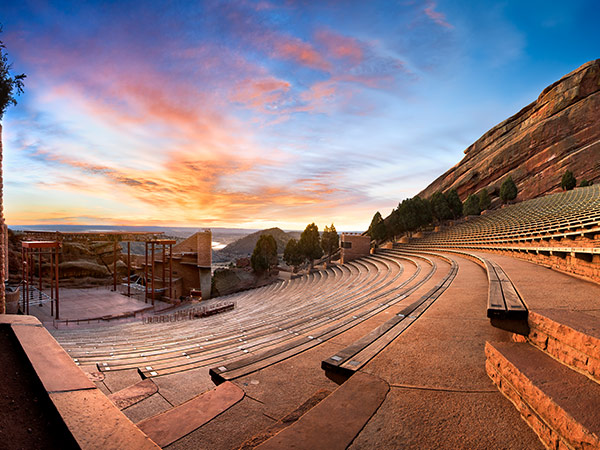
Catch a show you’ll never forget at the Red Rocks Amphitheatre.
3. Great Sand Dunes National Park and Preserve
One of the most unexpected landscapes in Colorado, the Great Sand Dunes National Park and Preserve is home to the tallest sand dunes in America, with some reaching a staggering height of 229 metres. Settled at the base of the Sangre de Cristo Mountains in Southern Colorado, the area operates as a designated International Dark Sky Park, making it perfect for stargazing. While there are no designated hiking dunes on the trails (simply zig zag and stumble your way to the top), you are allowed to sandboard: a popular option for those missing the ski slopes in summer.
Where is it?
Great Sand Dunes National Park and Preserve is located just over a four-hour drive south from Denver along the I-25 highway.
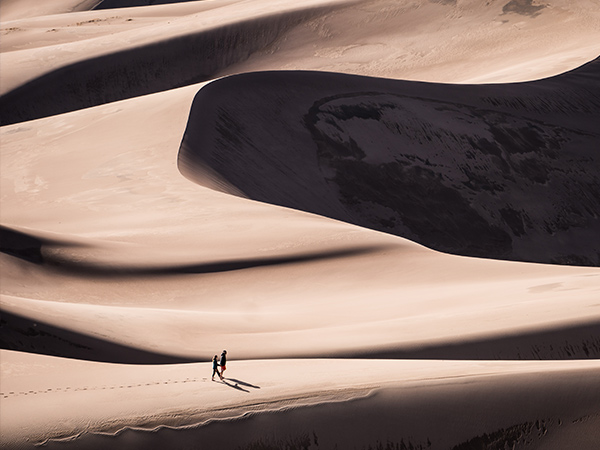
Walk among the tallest sand dunes in America. (Image: Lionello Delpiccolo)
4. Hanging Lake
Suspended on the side of the mountain, fed by cascading waterfalls, rimmed by a fragile crust and protected by a natural rock canopy, Hanging Lake is as much a fairytale destination as it is a geographic anomaly. To get there, though, you have to put in the hard yards (and arrange a special permit ahead of time). Short and steep, the trail follows a 1.6-kilometre network of boardwalks, bridges and switchbacks through the forests of Dead Horse Canyon, which have been designed to minimise visitor impact on the delicate ecosystem.
Where is it?
Hanging Lake is located just under three hours east of Denver along the I-70 W freeway.

Take a hike to Hanging Lake. (Image: Emily Talbot)
5. Pagosa Hot Springs
Sore muscles from a long hike? Soak the pain away at Pagosa Springs in Southern Colorado. Located along the San Juan River and near Wolf Creek Ski area, Pagosa Springs was named for the Southern Ute word Pagosah, meaning healing waters. Here, the naturally formed hot springs are fed by the world’s deepest geothermal aquifer, with a series of mineral-rich pools known for their medicinal properties lining the river and countryside. While there are three purpose-built resorts and wellness spas that allow you to take the waters, a number of wild mineral pools are scattered throughout the Pagosa Hot Springs wilderness.
Where is it?
Pagosa Springs is just over five hours south of Denver on US highway 285 S, and two hours east of Mesa Verde National Park.
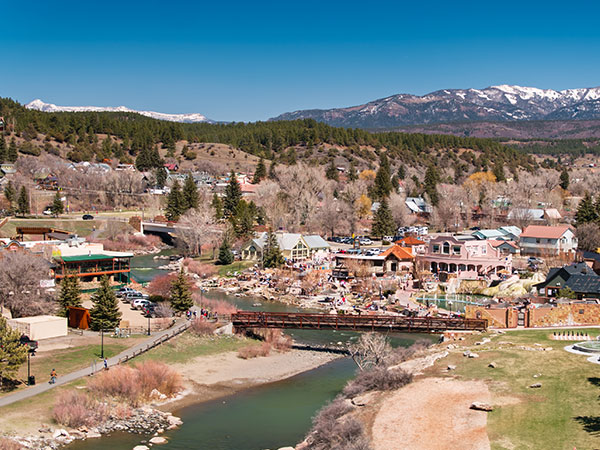
Relax in this natural hot spring town.
6. Mesa Verde National Park
Most of Colorado’s attractions are natural wonders; Mesa Verde tells the story of the Ancestral Puebloans who made it their home. Walk in the footsteps of the ancestors at Mesa Verde National Park, home to monuments and structures built between 450 to 1300 AD. There are over 4000 archaeological sites to explore, and while bookings are recommended for the ranger-guided tours of the iconic cliff dwellings, those after a short but rewarding self-guided hike should try the Soda Canyon overlook trail, an easy two-kilometre round trip to a series of lookouts over the famous cliff dwellings.
Where is it?
Mesa Verde National Park is a seven-hour drive southeast of Denver along theUS-160 W freeway.
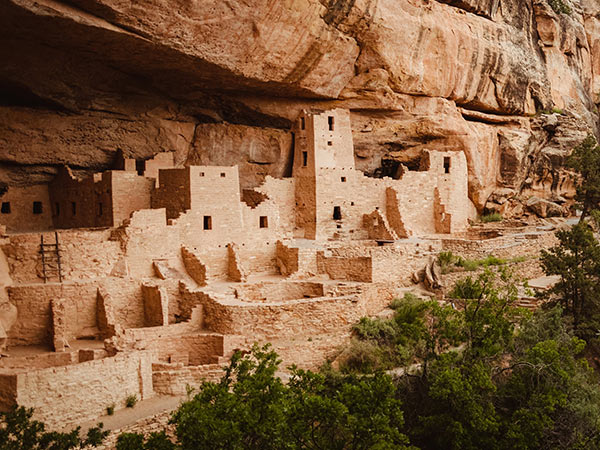
Marvel at the ancient cave dwellings found in Mesa Verde National Park. (Image: Alec Krum)
7. Colorado National Monument
Carved by the wind and rain under the steady hand of time, the monoliths, rock formations and towers that form the Colorado National Monument capture the spirit, heart and majesty of the American West. Also known as the monument of canyons, the sheer majesty of this location can’t be beaten. Take Otto’s Trail, a light hike to a lookout over monuments like Pipe Organ, Sentinel Spire and Independence Monument.
Where is it?
The Colorado National Monument is located near Grand Junction in West Colorado, a 4.5-hour drive west of Denver along the I-70 W freeway.
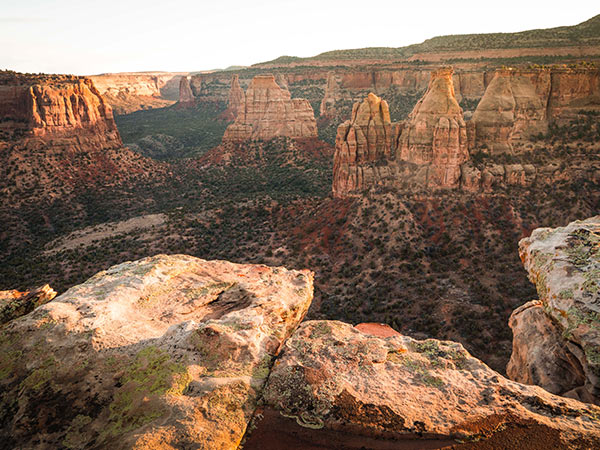
Take Otto’s Trail to view Colorado National Monument.
8. Maroon Bells
Maroon Bells is affectionately known as the worst-kept secret in Aspen with good reason. The picturesque 4.3-kilometre-tall blush-coloured, bell-shaped mountains delight those who see them and act as a magnet for every selfie-loving traveller who passes. The best place to see them is from the glacial lake that occupies the valley below, which also displays a perfect reflection of the Maroon Bells on a clear day with no wind. While most focus on the bells, there are also spectacular fields of wildflowers growing along the alpine trails. One of the most popular (and easy) is the Maroon Bells Scenic Loop Trail, a three-kilometre walk to the lake.
Where is it?
Maroon Bells sits just outside Aspen Snowmass, 3.5 hours west of Denver on the I-70 W freeway. From there, take the free bus that runs from Aspen to Aspen Highlands Visitor Centre, where you can purchase a seat on the shuttle to Maroon Bells.
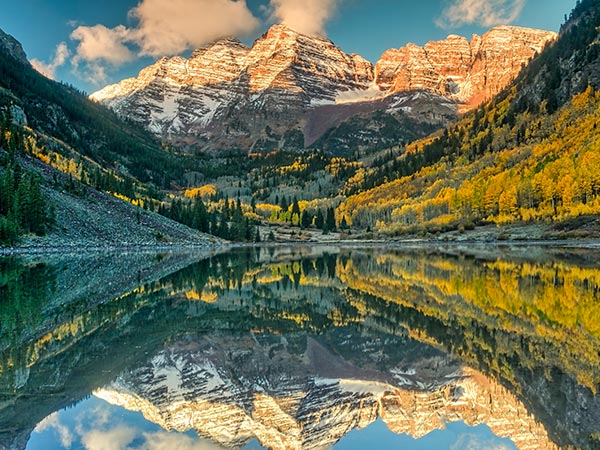
Enjoy the picturesque Maroon Bells.
9. Royal Gorge
Sixteen kilometres long, almost 1200 metres deep, and just 7.6 metres wide at its narrowest point, Royal Gorge is one of Canon City’s biggest attractions, complete with North America’s highest suspension bridge, sky gondolas and even a skycoaster. However, standing on the rim of the Canon as the colours shapeshift with the day, it’s hard to comprehend the forces of nature that shaped this environment. See it at its best with a hike on the Canyon Rim Trail. At a little under four kilometres, the loop trail dotted with juniper and cacti only has a small elevation gain, but offers big rewards with stellar views over the canyon rim.
Where is it?
Royal Gorge is an hour’s drive south of Colorado Springs on the CO-115 S freeway.
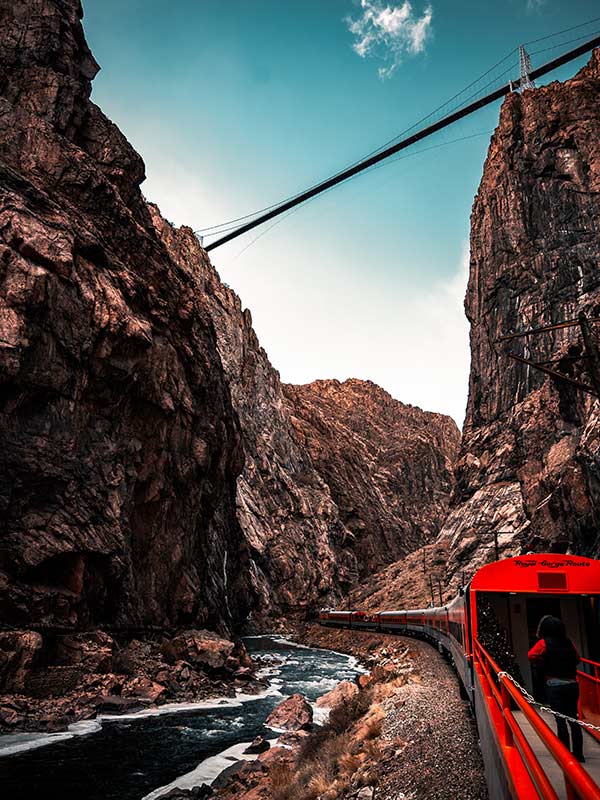
Walk along North America’s highest suspension bridge at Royal Gorge. (Image: Colin Lloyd)
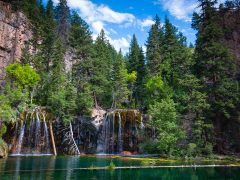
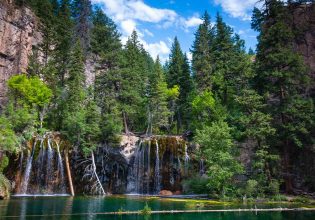
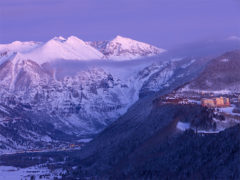
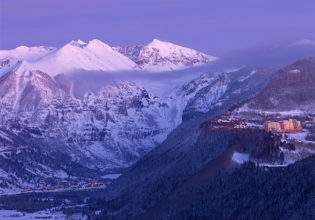
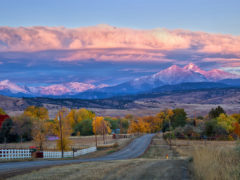
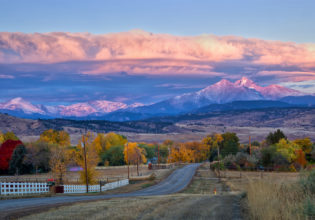
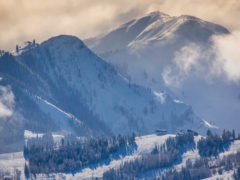



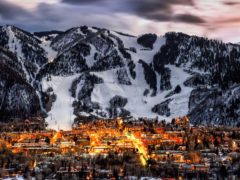
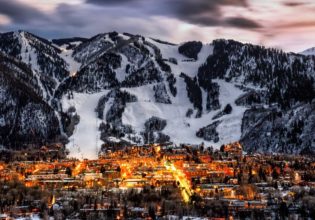

LEAVE YOUR COMMENT